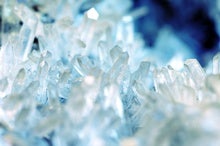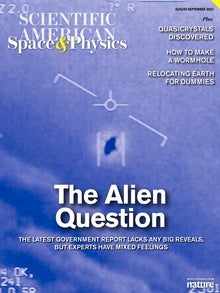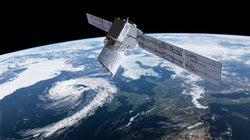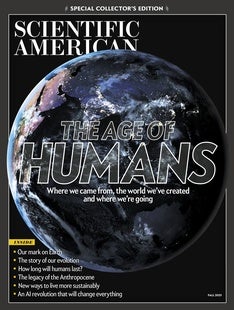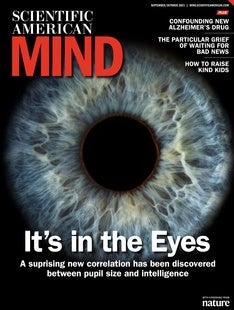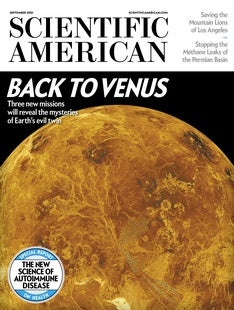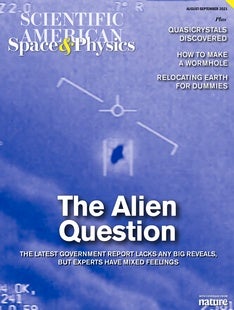 |
| September 09, 2021 |
Dear Reader,
This week, we're getting to know the neighbors. Our lead story details new research postulating that the Oort Cloud—a diffuse, distant shell of comets that envelops our solar system—may be mostly populated by icy interlopers from other nearby stars. If true, this would place a potent collection of material from other planetary systems right at our proverbial doorstep. Much closer to home, we also have coverage of the Perseverance Mars rover's first successful collection of rock specimens in its search for alien life, as well as a host of other articles on the latest space-related happenings on Earth and beyond. Enjoy! |
| |
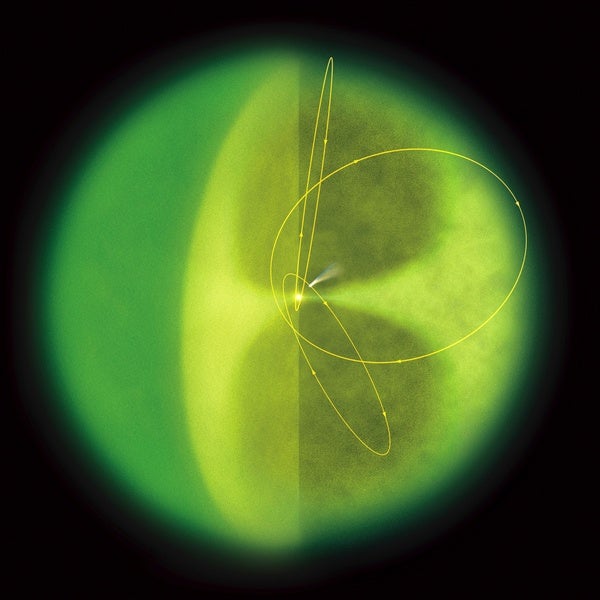 |
| |
| |
| |
| |
| |
| |
| |
| |
| |
FROM THE STORE
 | | | |
| QUOTE OF THE DAY
 "There are far more interstellar interlopers in the dark reaches of the solar system at any given time than there are comets of local origin." Amir Siraj, astrophysicist | |
| |
FROM THE ARCHIVE
 | | The Risky Rush for Mega Constellations Some experts are alarmed by plans to launch tens of thousands of revolutionary telecommunications satellites in coming years By Jonathan O'Callaghan | October 2019 | | |
LATEST ISSUES
 |
| |
| Questions? Comments?  | |
| Download the Scientific American App |
| |
| |



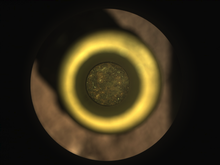

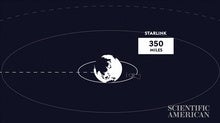

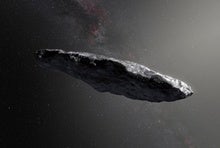
![The Kavli Prize Presents: Understanding Atoms [Sponsored]](https://static.scientificamerican.com/sciam/cache/file/695BFC87-E852-4654-A8A6933D0C6F5C4D_W220_Hauto.jpg)
